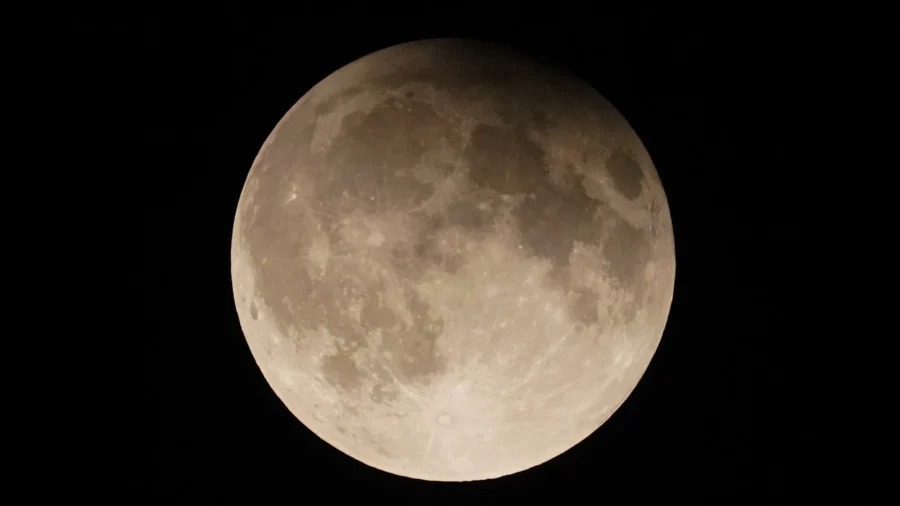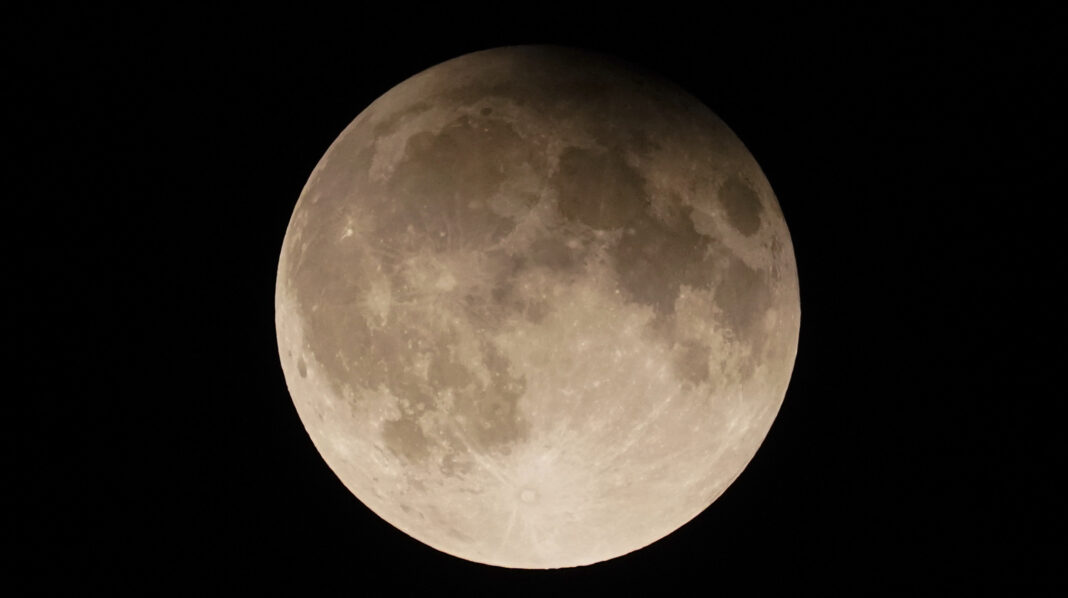
NASA is looking for ways to grow habitats on the moon and Mars with something you might find in your refrigerator or on a pizza.
Researchers with the agency say space explorers could use mycelia—the underground threads that comprise the main part of fungi—to bring a compact habitat into space and grow it when they land using frozen water.
The process is called microtexture, which uses fungal spores and algae to grow structures once explorers land at their space station, nixing the need to transport heavy pre-built materials.
In June, NASA announced $2 million in two-year funding for its Mycotecture Off Planet project. The project will study how fungi can be used in this way. The funding is part of NASA’s Innovative Advanced Concepts (NIAC) program.
Chris Maurer, the founder of redhouse architecture firm, which is partnering with NASA on the project, said that “boards or bricks” can’t be taken to the moon and Mars for building purposes.
“So what are you going to build with?” The answer: lunar dust, water, and fungus,” Maurer told Al Jazeera.
Concept is Possible
Earlier research has shown the concept is possible using combinations of fungal-based biocomposites. Prototypes were tested in a planetary simulator, and the results were used to draft detailed designs for moon habitats.
According to NASA, mycelia can also protect against radiation poisoning, so they have geared their concepts to try and utilize such properties.
According to Maurer, research has also shown mycelia can protect against the cold and micrometeorites, but protecting against radiation is where it shines.
“Radiation is the show-stopper for any manned missions,” he said.
Referring to radiation on the moon, he said “That’s why we haven’t been back since the ‘70s—because it’s too dangerous to send people.”
Maurer said explorers could bring an inflatable mould of mycelia and algae that would rely on subsurface ice already on the moon to complete most of the construction.
“That way, you can go with a little bit of living biology and nutrients … and then you can add a whole lot of water when you get there from subsurface ice,” he said. “That ends up being about 90 percent of the mass of the final building, so you’ve sourced most of your material at destination.”
According to NASA, fungal mycelia—which already exists in commercialized products—has properties that are fire retardant, self-repairing, self-healing, and that don’t produce toxic gas.
Senior research scientist at NASA Ames Lynn Rothschild wrote in a 2018 NASA article that fungi material shows compression strengths surpassing dimensional lumber, flexural strength that surpasses reinforced concrete, and “competitive” insulation properties.
“Imagine a self-pitching habitat made of a light, fibrous material, with excellent mechanical properties … the fibrous material is fungal mycelium,” Rothschild wrote.


